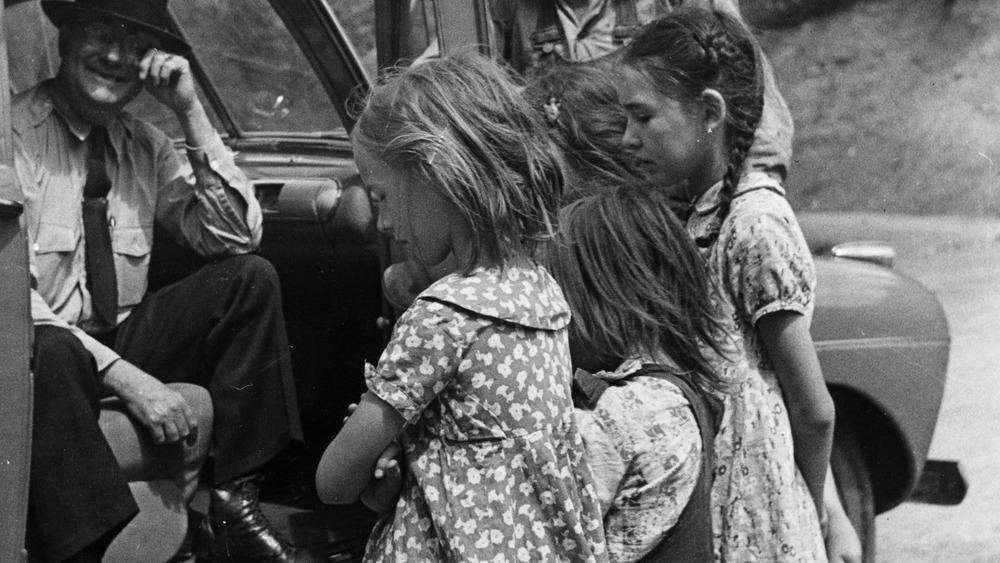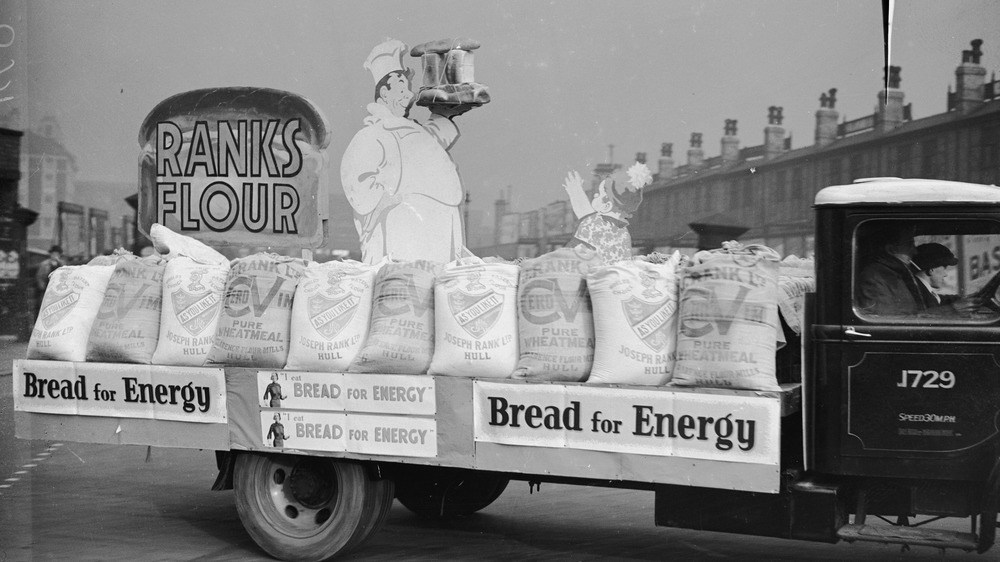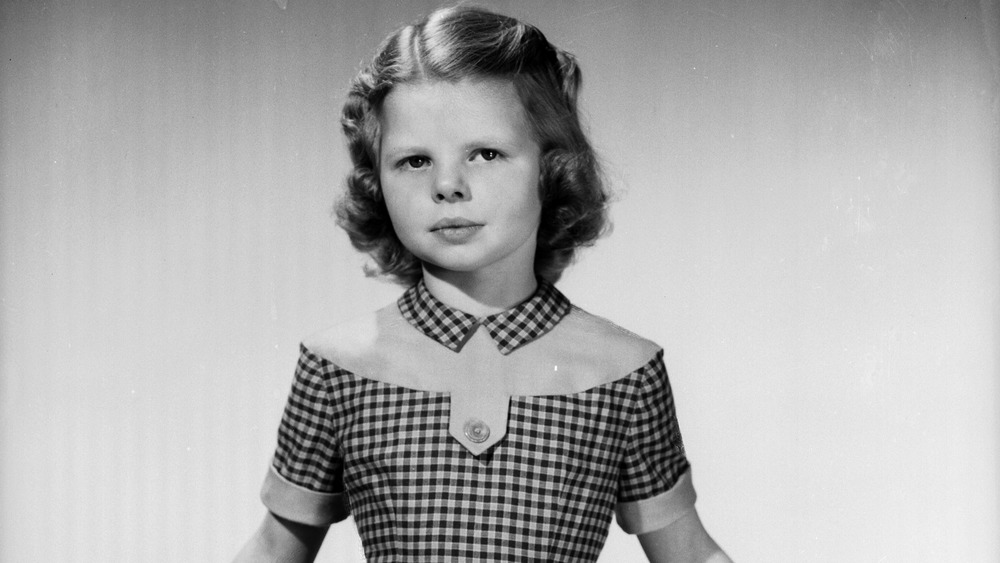The Unusual Material People Made Clothing With During The Great Depression
The lean years of the Great Depression came to the rural parts of the country first. While city folks were still hooting, hollering, and tearing it up in the Roaring Twenties, farmers were struggling with crop surpluses and plummeting produce prices, per Encyclopedia. When the 1929 stock market crash stopped the party and brought the whole country's economy to a standstill, with fortunes lost and widespread unemployment, farmers faced the frightening prospect of going bankrupt and losing their land.
Rural Americans did have one advantage over other parts of the country, however: They were already used to being self-sufficient, and many were still able to provide for their families with hard work and a lot of ingenuity. They fed their children fruits and vegetables straight from their own land, and chicken and cattle gave them milk, butter, eggs, and meat.
The farm provided clothing for the family as well — with a little improvising. Bulk purchases of flour and feed were delivered to farms in large cloth sacks, and savvy mothers soon realized they could stretch the family budget by repurposing the fabric into garments for their families. Soon, they were designing whole patterns detailing how to turn recycled sacks into everything from dresses and underwear to towels, curtains, and blankets, per the National Museum of American History.
'The secret of how baby looked so lovely in her flour sack'
While sack dresses certainly reached their peak popularity during the Great Depression, the garments had actually been around since at least 1892. Arthurs Home Magazine described the process in their July 1892 issue, saying "so, that is the secret of how baby looked so lovely in her flour sack: just a little care, patience and ingenuity on the mother's part," via the Textile Society of America.
Companies began to catch on that their cotton sacks were a big selling point with farmer's wives. The Percy Kent Bag Company was likely the first to capitalize on this trend, releasing the Ken-Print collection of bags, which featured a variety of vibrant colors and patterns. In 1925, the Gingham Girl flour company's biggest selling point was the red-and-white-checked, high-quality fabric of their bags, per newprairiepress.org. Throughout the 1930s, other companies followed suit, and soon, for all intents and purposes, the feed store and the fabric store were one and the same.
The popularity of sack dresses declined in the 1950s
Not everyone was excited about this development. One grain salesman complained: "Years ago, they used to ask for all sorts of feeds, special brands you know. Now they come over and ask me if I have an egg mash in a flowered percale. It ain't natural," relates the Textile Society of America. Another man recalled going to the feed store as a particularly taxing errand, because "his mother's preferred patterns would always be on the bottom, so he and his 'buddies' would have to hoist sacks until they secured the patterns his mother wanted."
Regardless, the flour sack garments weren't going away as the county entered the new decade. World War II led to fabric shortages and textile rationing around the country. The trend of recycling cloth sacks continued all the way until the middle of the 20th century. After the war, fewer families lived in rural areas, so the number of people ordering large sacks of feed declined, says the Textile Society of America. In the 1950s, feed companies began replacing their cloth sacks with paper bags, and the sack dress became history.


